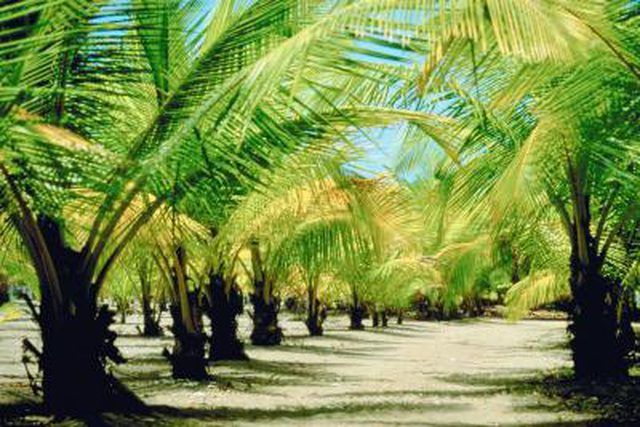Bulbs
Flower Basics
Flower Beds & Specialty Gardens
Flower Garden
Garden Furniture
Garden Gnomes
Garden Seeds
Garden Sheds
Garden Statues
Garden Tools & Supplies
Gardening Basics
Green & Organic
Groundcovers & Vines
Growing Annuals
Growing Basil
Growing Beans
Growing Berries
Growing Blueberries
Growing Cactus
Growing Corn
Growing Cotton
Growing Edibles
Growing Flowers
Growing Garlic
Growing Grapes
Growing Grass
Growing Herbs
Growing Jasmine
Growing Mint
Growing Mushrooms
Orchids
Growing Peanuts
Growing Perennials
Growing Plants
Growing Rosemary
Growing Roses
Growing Strawberries
Growing Sunflowers
Growing Thyme
Growing Tomatoes
Growing Tulips
Growing Vegetables
Herb Basics
Herb Garden
Indoor Growing
Landscaping Basics
Landscaping Patios
Landscaping Plants
Landscaping Shrubs
Landscaping Trees
Landscaping Walks & Pathways
Lawn Basics
Lawn Maintenance
Lawn Mowers
Lawn Ornaments
Lawn Planting
Lawn Tools
Outdoor Growing
Overall Landscape Planning
Pests, Weeds & Problems
Plant Basics
Rock Garden
Rose Garden
Shrubs
Soil
Specialty Gardens
Trees
Vegetable Garden
Yard Maintenance
How to Care for a Robellini Palm
How to Care for a Robellini Palm. Roebelenii palm trees, also known as Phoenix roebelenii or pygmy date palms, are fruit-bearing palms that produce small black dates that deepen to a dark red color when ripe. Topping out at 12 feet tall with a 10-foot spread, Roebelenii palms are an excellent choice for gardens and home landscapes with limited...

Roebelenii palm trees, also known as Phoenix roebelenii or pygmy date palms, are fruit-bearing palms that produce small black dates that deepen to a dark red color when ripe. Topping out at 12 feet tall with a 10-foot spread, Roebelenii palms are an excellent choice for gardens and home landscapes with limited space. Native to tropical southeast Asia, Roebelenii palm trees grow best in warm climates such as USDA Plant Hardiness Zones 9 and 10.
Things You'll Need
Shovel
Spade
Garden hose
Palm tree fertilizer
Pruning shears or loppers
Plant your Roebelenii palm tree in a full sun location that receives six or more hours of direct sun exposure and has well-draining, fertile soil. Plant the palm at the same level it was growing in its nursery container. Use your hands to pack down the surface of the surrounding soil.
Water your Roebelenii palm directly after planting to ensure that the soil surrounding the roots is adequately moistened. Continue to water your date palm regularly to keep its soil consistently moist. Reduce the frequency of watering, if desired, once the palm establishes itself in its new location.
Fertilize with a specially formulated palm tree fertilizer three times each growing season. Apply the first fertilizer application in the early spring, the second in early June and the third in late August. Follow the label directions for specific application instructions.
Prune the palm annually in the early spring to maintain its health and appearance. Cut discolored, diseased, damaged or dead fronds with a pair of sharpened and sterilized pruning shears or loppers.
Tips & Warnings
Fertilize Roebelenii palm trees with slow-release palm fertilizer spikes, if preferred.
Roebelenii palm trees are susceptible to problems with scale insects and palm leaf skeletonizers. Monitor your palm for signs of infestation and treat with an insecticide, if necessary.